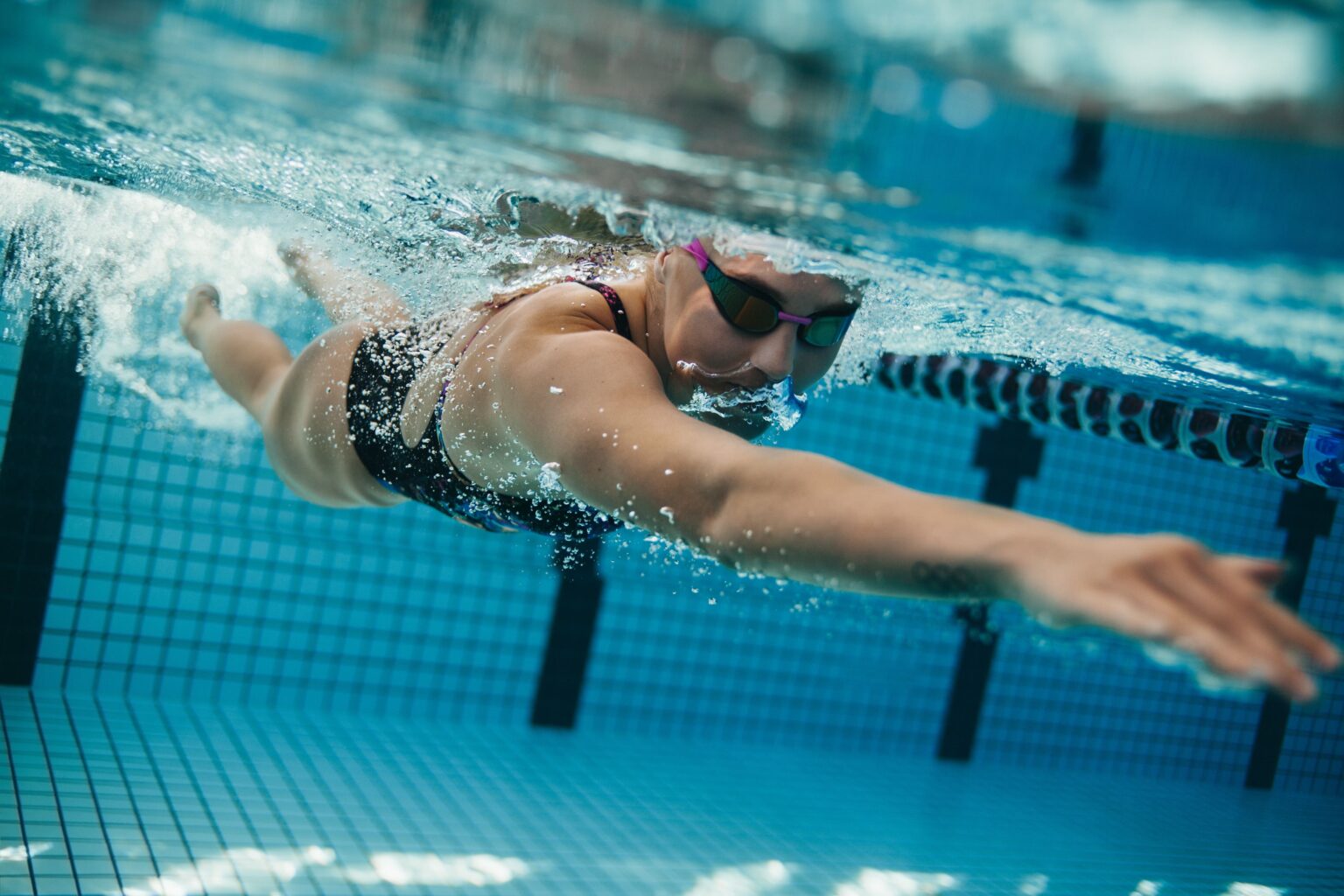1. You May Have “Swimmer’s Itch”
If you notice a rash or bumps on your skin after swimming in a pool, you may have come in contact with a virus, parasite, or bacteria, according to the Children’s Hospital of Philadelphia. These tiny organisms can take up residence in inland lakes, ocean waters, and even poorly maintained pools and hot tubs.
When you swim in that water, organisms can find breaks and burrow in your skin, which produces an allergic reaction and causes a noncontagious rash. These common conditions have catchy names like “swimmer’s itch” and “seabather’s eruption.”
According to Mayo Clinic, symptoms of swimmer’s itch include:
- Small, reddish bumps
- Itching, tingling, or burning
- Small blisters
To decrease the chances that you’ll become affected by swimmer’s itch, Cleveland Clinic recommends rinsing off with clean water as soon as you finish swimming. Be sure to dry off with a clean towel, remove your swimsuit, and throw it in the wash when you get home to eradicate hitchhiking organisms that could cause bumps on the skin.
Although the bumps associated with swimmer’s itch don’t spread, and the condition isn’t contagious, it’s important not to scratch, according to Washington State University in Pullman. This can make the itching worse and may also trigger a secondary infection.
Your physician might have a tough time diagnosing swimmer’s itch, as this pesky ailment can mimic poison ivy and other skin conditions, according to Mayo Clinic. Also, there’s no definitive test that will confirm that swimmer’s itch is the culprit, so your doctor will rely on their clinical knowledge to make the diagnosis. If swimmer’s itch is the problem, it should gradually disappear in about a week.
Until then, applying an over-the-counter anti-itch cream may help. Try covering the affected skin with a baking soda and water paste. Soaking in a bath containing a small amount of baking soda, oatmeal-based products, or Epsom salts might also provide relief.
Read the full article here




